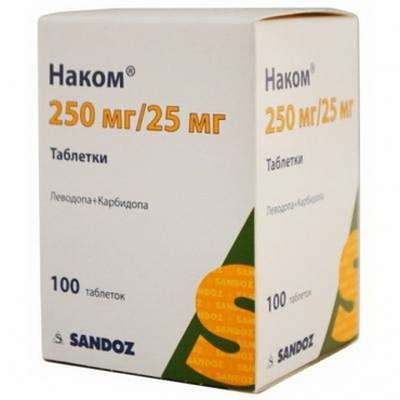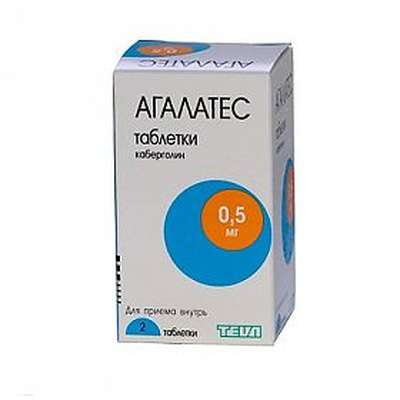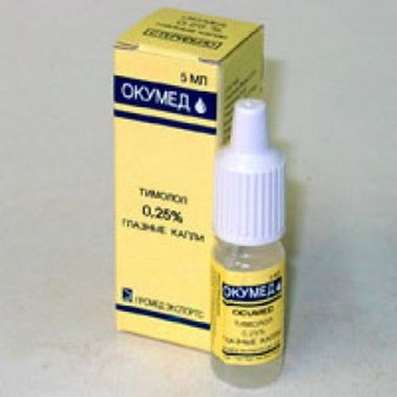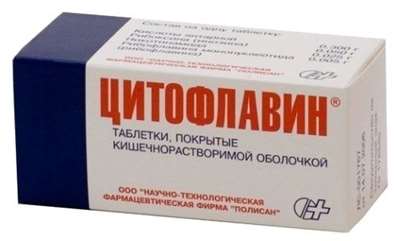Instruction for use: Librax
I want this, give me price
Dosage form: dragee
Pharmacological groups:
Anxiolytics
Spasmolytics myotropic
The nosological classification (ICD-10)
K25 Stomach ulcer: Helicobacter pylori; Pain syndrome with gastric ulcer; Pain syndrome with peptic ulcer of stomach and duodenum; Inflammation of the gastric mucosa; Inflammation of the mucosa of the gastrointestinal tract; Benign ulcer of the stomach; Disease of the stomach and duodenum, associated with Helicobacter pylori; Exacerbation of gastroduodenitis against ulcer disease; Exacerbation of peptic ulcer; Exacerbation of gastric ulcer; Organic GI disease; Peptic ulcer of the stomach and duodenum; Postoperative Stomach Ulcer; Recovering ulcers; Symptomatic Stomach Ulcers; Chronic inflammatory disease of the upper gastrointestinal tract associated with Helicobacter pylori; Helicobacter pylori eradication; Erosive-ulcerative lesions of the stomach; Erosive lesions of the stomach; Erosion of the gastric mucosa; Peptic Ulcer; Stomach ulcer; Stomach ulcer; Ulcerative lesions of the stomach; Symptomatic ulcers of the stomach and duodenum
K26 Ulcer of duodenum: Pain syndrome with duodenal ulcer; Pain syndrome with peptic ulcer of stomach and duodenum; Disease of the stomach and duodenum, associated with Helicobacter pylori; Exacerbation of peptic ulcer; Exacerbation of duodenal ulcer; Peptic ulcer of the stomach and duodenum; Recurrence of duodenal ulcer; Symptomatic ulcers of the stomach and duodenum; Helicobacter pylori eradication; Erosive-ulcerative lesions of the duodenum; Erosion-ulcerative duodenal lesions associated with Helicobacter pylori; Erosive lesions of the duodenum; Peptic ulcer disease of the duodenum; Ulcerative duodenal lesions
K29 Gastritis and duodenitis: Exacerbation of gastroduodenitis against ulcer disease; Duodenitis
K52 Other non-infectious gastroenteritis and colitis: Syndrome of senile intestine; Sigmoiditis; Non-infectious gastroenteritis; Gastroenterocolitis; Colitis; Colitis nondiscriptional; Colitis noninfectious; Colitis chronic; Colitis chronic non-infectious; Local enteritis; Non-infectious sigmoiditis; Chronic inflammatory diseases of the large intestine; Chronic inflammatory diseases of the small intestine; Chronic enterocolitis; Chronic atrophic gastroenteritis; Chronic gastroenteritis; Chronic colitis; Chronic enterocolitis; Enteritis; Enteritis non-infectious; Enterocolitis chronic non-infectious; Disease of the large intestine
K59.1 Functional Diarrhea: Diarrheal Syndrome; Diarrhea; Diarrhea with prolonged enteral feeding through the probe; Prolonged diarrhea; Nonspecific diarrhea; Acute diarrhea; Syndrome of diarrhea; Functional diarrhea; Chronic diarrhea; Diarrhea with an electrolyte balance disorder; Chronic diarrhea; Diarrhea of non-infectious genesis; Diarrhea after a gastroectomy; Diarrhea in children; Persistent diarrhea; Diarrhea (diarrhea); Enterocolitis of non-infectious origin
N94.6 Unspecified Dysmenorrhea: Pain in menstruation; Functional disorders of the menstrual cycle; Functional disorders of the menstrual cycle; Menstrual cramps; Menstruation disorder; Pain during menstruation; Painful irregular menstruation; Algodismenorea; Algomenorea; Pain syndrome with smooth muscle spasms; Pain syndrome with smooth muscle spasms (renal and biliary colic, intestinal spasm, dysmenorrhea); Pain syndrome with spasms of smooth muscles of internal organs (renal and biliary colic, intestinal spasm, dysmenorrhea); Disalgomenorrhea; Dysmenorrhea; Dysmenorrhea (essential) (exfoliative); Menstrual disorder; Menstruation painful; Metrorrhagia; Violation of the menstrual cycle; Menstrual irregularities; Prolactin-dependent disorder of the menstrual cycle; Prolactin-dependent disorder of menstrual function; Pain syndrome with spasms of smooth muscles of internal organs; Spastic dysmenorrhea; Primary disalgomenorrhea
Q62.1 Atresia and stenosis of ureter
R32 Urinary incontinence, unspecified: Daytime enuresis; Idiopathic instability of the bladder; Urinary incontinence; Nocturia; Disorder of the function of the sphincter of the bladder; Spontaneous urination; Mixed forms of urinary incontinence; Functional disorders of urination; Functional disorders of urination; Functional enuresis in children; Enuresis
Composition and release form
1 tablet contains chlordiazepoxide 5 mg and clidinium bromide 2.5 mg; In the package of 30 and 100 pcs.
Pharmachologic effect
Mode of action - spasmolytic, anxiolytic, myorelaxing, oppressive secretion of the gastrointestinal tract, anticholinergic.
Indication of the drug Librax
Irritable bowel syndrome, functional manifestations of hypersecretion and hyperkinesia, diarrhea, colitis, gastritis, duodenitis, stomach and duodenal ulcer, dyskinesia of the biliary tract, spasm and dyskinesia of the ureters, bedwetting, bladder irritation, dysmenorrhea.
Contraindications
Hypersensitivity, glaucoma, prostate hypertrophy, myasthenia gravis, pregnancy (I trimester), lactation.
Side effects
Dry mouth, constipation, urination disorders; Drowsiness (in the elderly).
Interaction
Preparations containing anticholinergic components (amantadine, antihistamines, butyrophenones, phenothiazines, tricyclics and tetracyclic antidepressants) can potentiate the cholinolytic effects of clidinia. Incompatible with alcohol.
Dosing and Administration
Inside, preferably with liquid, 30 minutes before meals 3-4 (for children 1-2) pills a day. Elderly and debilitated patients the initial daily dose is 1-2 tablets; You can gradually increase the dose to the maximum effective (well tolerated).
Storage conditions of the drug Librax
Keep out of the reach of children.

 Cart
Cart





